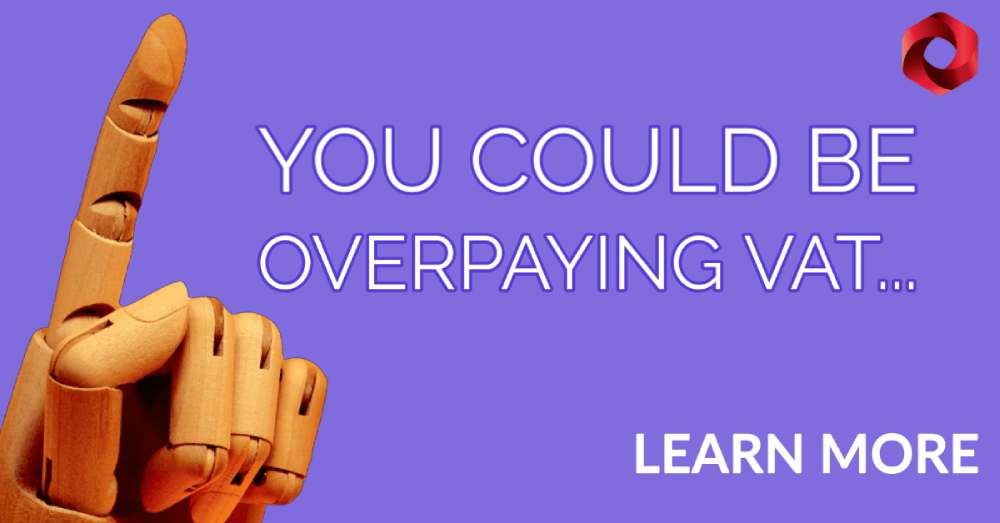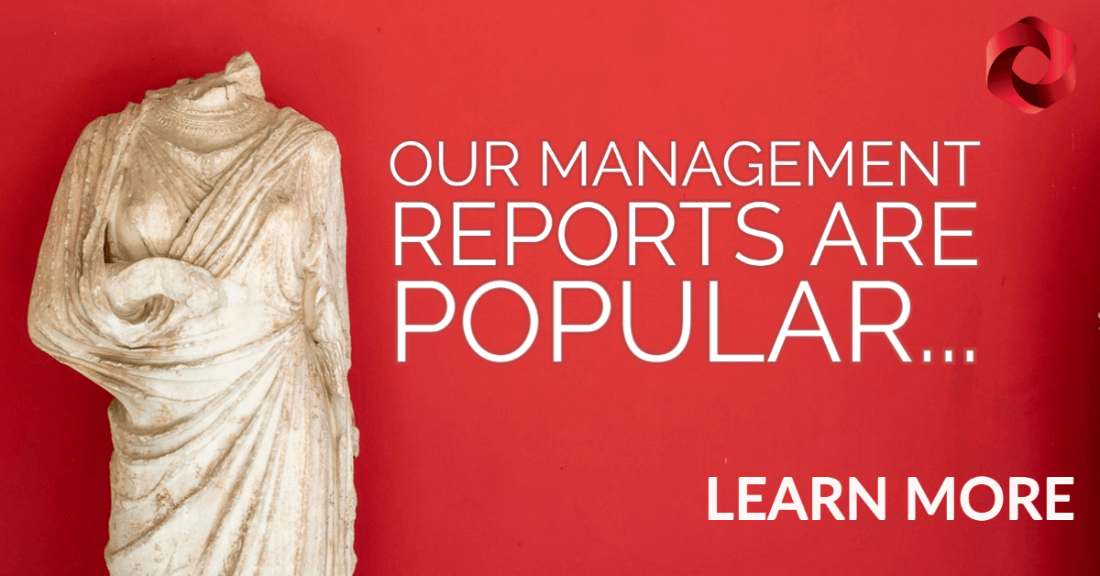Teamwork Makes The Dream Work – Brand Strategy
- October 2020
- 8 minutes
- brand
- business owners
- CIS
- coronavirus
- entrepreneurs
- grant funding
- growth
- ukeconomy
‘’Logo is Not a brand. Brand is much more than a name or logo. Brand is everything, and everything is brand.’’
You might have a pretty sales banner that adheres to all the right visual statements, but if it is sagging and hung up with duct tape, that’s your brand. It says you don’t pay attention to the details. A Brand is a demonstration to the consumer that nothing is unimportant, and nothing is missed.
While you may know that your products are fantastically made because you have seen the R&D team’s dedication and know the quality of materials, all the outside consumer has to go on is their perception of who you are as a company. They can judge based on the interactions they have with your brand.
You need to be creating a cohesive consumer experience, with no room for off-putting hurdles as they follow your brand journey. To achieve this level of brand cohesion, the experience needs to be consistent across the whole company. It’s also essential that a brand is decisive and streamlined. Below we talk about how to build your strategy dream team: which stakeholders should be included, why, and what you should expect from them.
 CEO
CEO
Your CEO is a crucial piece of the jigsaw for several reasons. The experience and strategic nouse they have got them to the top of the hierarchy will stand them in good stead to contribute ideas on the overall direction of the brand. They are unlikely positioned to understand how everything fits together, along with the wider market context. They will have the best understanding of what can realistically be achieved in terms of budget and capacity.
It is also important to involve the CEO, not just for their input but for their final seal of approval. With their buy-in, the rest of the company can be confident that the brand strategy has legs.
Nowadays, with thought leadership such a huge part of marketing- most often with CEOs being the thought leaders – they speak on behalf of the brand, and the brand is shaped by who they are. Not only do they need to be completely aware of exactly what brand is that your company is trying to project, but they need to help shape it because that is a crucial part of it.
 Marketing
Marketing
The CMO (Chief Marketing Officer) or Marketing Director will be the person overseeing the roll-out of the brand vision. They need to own its successful implementation.
This is their primary jurisdiction, and as such, they need to make sure they know it inside out and work effectively to make the brand excel. The CMO needs to b thinking about a high level of messaging and the brand’s core narrative.
From here they can effectively strategize brand guidelines, campaigns, events, and content, ensuring that everything is in line with the CEO. They must take responsibility for creating briefs for other teams and agencies, and communicate regularly with them. Since they have access to what to facilitate cohesion across different areas of the business. This is where frameworks, templates, and brand guidelines are a CMO’s best friend. Messaging templates to ensure emails are on brand, for example, can be given to the content team, the events team, and then the customer services team to ensure that whatever department consumers are touching base with, they are receiving a similar experience. CMOs must have a deep understanding of customers, behaviors, and market trends-and ultimately become the ‘glue’ to drive needed transformation through all parts of their organizations.
Marketing is a critical business function in this environment of rapid disruption. The payoff: an opportunity to outperform peers and potentially achieve 2-3 times greater revenue growth. This growth can only happen if the CMO has a full picture of their customer, which is where the insight team shines.
 Insights
Insights
The insight team needs to take responsibility for a brand from the ground up. They should directly always communicate with consumers and feeding back what they learn. The insights team is your brand’s chance to ensure what you decide upon in the boardroom is translating into your packaging, products, adverts, shops, and website.
Ensure that your insight team is basing their findings on data that is representative, high quality, and always up to date. A scalable intelligence tool that allows them to deliver insights across every business function makes this much easier. It is useful not only in terms of finding out exactly what’s working at the moment, but you can test all future campaigns and also talk to people who are not currently in your customer base, to find out what you need to do to expand and grow.
 Design
Design
While consumer’s perceptions of a brand are made up of the various interactions they have with it, the look will probably be what first comes to mind. You only have to think about how angry people get when the beloved company changes their logo to something that feels out of step with the brand, to understand just how much of a role the design team plays in creating a company’s aura.
Depending on the business, the design team will be crucial to the fundamental value of the product, and therefore the company. For a fashion brand or even something like an upmarket food brand, much of the value of the items comes from a brand look. There is a huge markup on designer clothes, for example, and Tyrells can sell crisps for much more than Walkers can, partly because their brand has been designed to look more expensive.
The design team will also be where the most artistically- gifted of the company are found, and so their views need to be heeded because-particularly in this age of window displays, social media-friendly shop fronts, and highly visual website interfaces- if something doesn’t look right it is unlikely to take off.
 Sales
Sales
The sales team deal with consumers on a day to day basis. Ensure you have an excellent channel for feedback established, so that they can log the hurdles they running into, the messaging that doesn’t work and the nuggets of information that they glean about the brand from what is being said on the shop floor. By including your inside sales team (for B2B) your eCommerce team( for B2C) or your store managers(for retailers) you will get low-down on where the holes are in your current brand, and what’s not translating. It is the perfect starting point for a discussion on what you still need to work on.
 HR
HR
Your HR people function needs to ensure that the brand you create is lived and breathed across the company. How do you operationalize brand strategy in all areas of your organization so that everyone is trained in how to carry them out? For a brand to succeed, internal comms need to be fluid and constant. Brand handbooks are a good idea, and internal branding in offices, documents, and company goods can help to make people feel they are part of a cohesive union.
If your brand isn’t a natural extension of your company’s existing vision and values, it is much less likely to succeed. It will need more explicit education and retraining to take hold across the culture. This is why it is crucial to have HR involved from the get-go. Understand your employees, and make sure that your brand is in line with who they are. Do this, and you can make your HR function work amazingly for your brand. Create company social accounts, Snapchat, Instagram, or tweet life in the office, team events, and company highs! If you make sure the brand’s in line with the people, in return, people can become your brand.
Brand is so much more than just branding, but that should be an exciting prospect rather than a daunting one. Remember, brand shouldn’t be created by one person at the top of the tree.


